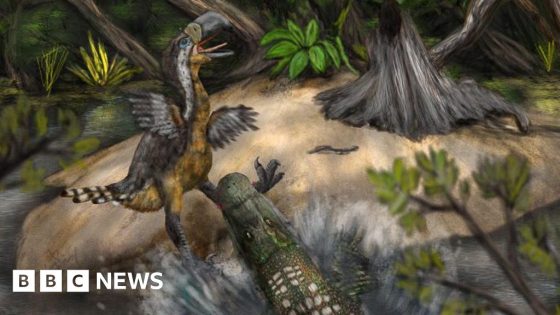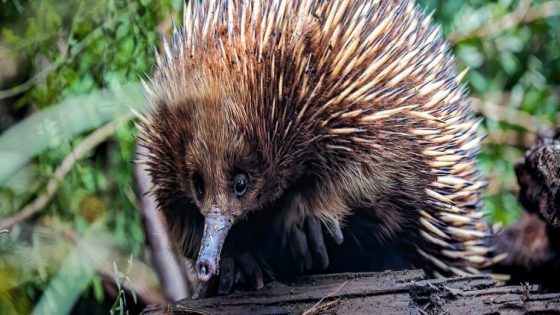Recent findings shed light on the fierce world of ancient predators, revealing that terror birds, towering avian reptiles, faced formidable threats from even larger predators. On July 23, 2025, researchers published a study detailing teeth marks on a fossilized leg bone of a terror bird, suggesting it may have been killed by a giant caiman.
- Terror birds lived 13 million years ago.
- Teeth marks indicate a predator interaction.
- Fossil found in Colombia's Tatacoa Desert.
- Analysis matched marks to Purussaurus neivensis.
- Study reveals vulnerability of terror birds.
- Fossils provide insights into ancient ecosystems.
These terror birds, known for their powerful legs and sharp beaks, roamed the humid swamps of Colombia 13 million years ago. The study, published in the journal Biology Letters, highlights a rare interaction between two apex predators, providing insights into the dynamics of ancient ecosystems.
This discovery raises intriguing questions about predator-prey relationships in prehistoric times. Did these terror birds, once thought invincible, have more vulnerabilities than previously believed? The analysis suggests several key points:
- The leg bone was discovered in Colombia’s Tatacoa Desert, a site rich in Middle Miocene fossils.
- The caiman species involved, Purussaurus neivensis, could grow up to five meters long.
- Research indicates the terror bird’s death may have resulted from a direct attack rather than scavenging.
As scientists continue to uncover the past, each fossil can provide invaluable insights. What other secrets might remain hidden in the layers of time, waiting to be discovered?

































